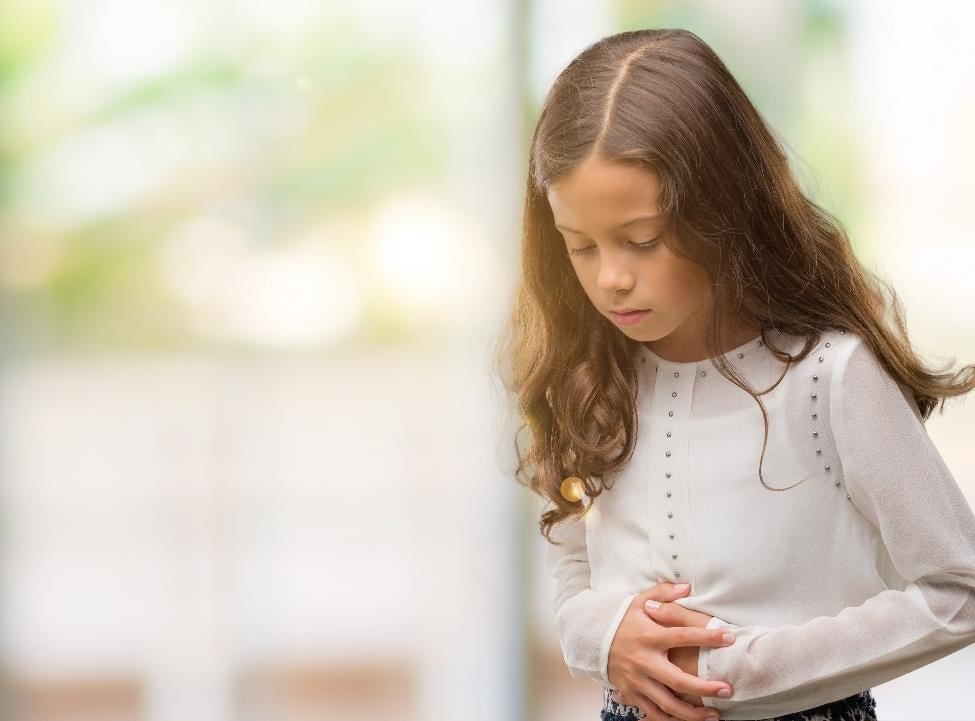Definition & Facts for Irritable Bowel Syndrome in Children
In this section:
- What is IBS?
- Does IBS have another name?
- Are there different types of IBS in children?
- How common is IBS in children?
- Which children are more likely to develop IBS?
What is IBS?
Irritable bowel syndrome (IBS) is a group of symptoms that occur together, including repeated pain in the abdomen and changes in bowel movements, which may be diarrhea, constipation, or both. With IBS, a child has these symptoms without any visible signs of damage or disease in the digestive tract.
IBS is a functional gastrointestinal (GI) disorder. Functional GI disorders, which doctors now call disorders of gut-brain interactions, are related to problems with how the brain and gut work together. These problems can cause the gut to be more sensitive and change how the muscles in the bowel contract. If a child’s gut is more sensitive, the child may feel more abdominal pain. Changes in how the muscles in the bowel contract lead to diarrhea, constipation, or both.

Does IBS have another name?
In the past, doctors called IBS colitis, mucous colitis, spastic colon, nervous colon, and spastic bowel.
Are there different types of IBS in children?
Experts have defined four types of IBS in children. Each type has a different pattern of changes in bowel movements or abnormal bowel movements. Knowing which type of IBS a child has may help the doctor treat IBS symptoms.
IBS with constipation (IBS-C)
In IBS-C, more than a quarter of stools are hard or lumpy, and less than a quarter of stools are loose or watery.
IBS with diarrhea (IBS-D)
In IBS-D, more than a quarter of stools are loose or watery, and less than a quarter of stools are hard or lumpy.
IBS with mixed bowel habits (IBS-M)
In IBS-M, more than a quarter of stools are hard or lumpy, and more than a quarter of stools are loose or watery.
IBS unsubtyped (IBS-U)
In IBS-U, less than a quarter of stools are hard or lumpy, and less than a quarter of stools are loose or watery.
How common is IBS in children?
Studies suggest that about 5 percent of children ages 4 to 18 years old have IBS.1
Which children are more likely to develop IBS?
IBS is more common in children who have a history of- bacterial infections in the digestive tract
- certain emotional or mental health problems, such as stress, depression, and anxiety
- events during infancy or early childhood that cause pain or inflammation such as allergies, infections, or surgery
- experiencing child abuse
- family members with IBS
References
This content is provided as a service of the National Institute of Diabetes and Digestive and Kidney Diseases
(NIDDK), part of the National Institutes of Health. NIDDK translates and disseminates research findings to increase knowledge and understanding about health and disease among patients, health professionals, and the public. Content produced by NIDDK is carefully reviewed by NIDDK scientists and other experts.

